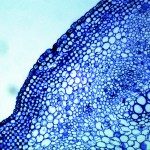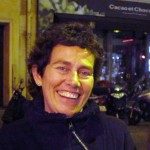Link to Pubmed [PMID] – 19564411
Mol. Cell. Biol. 2009 Sep;29(17):4778-87
Multiple type I interferons (IFN-alpha/beta) elicit Jak/Stat activation, rapid gene induction, and pleiotropic effects, such as differentiation, antiviral protection, and blocks in proliferation, which are dependent on the IFN subtype and the cellular context. To date, ligand- and receptor-specific molecular determinants underlying IFN-alpha/beta differential activities or potencies have been well characterized. To analyze cellular determinants that impact subtype-specific potency, human fibrosarcoma U5A-derived clones, exhibiting a gradient of IFN sensitivity by virtue of increasing receptor levels, were monitored for Jak/Stat signaling, gene induction, cell cycle lengthening, and apoptosis. In cells with scarce receptors, IFN-beta was more potent than IFN-alpha2 in antiproliferative activity, while the two subtypes were equipotent in all other readouts. Conversely, in cells with abundant receptors, IFN-alpha2 matched or even surpassed IFN-beta in all readouts tested. Our results suggest that the differential activities of the IFN subtypes are dictated not only by the intrinsic ligand/receptor binding kinetics but also by the density of cell surface receptor components.

